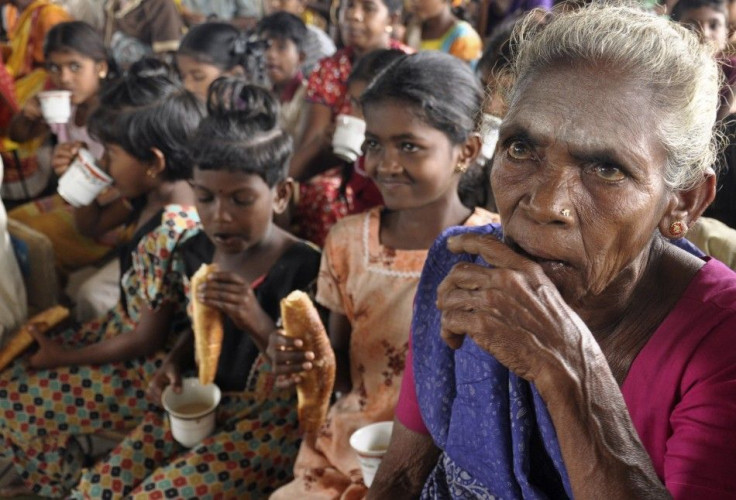Food prices have reached “dangerous” levels: World Bank

Global food prices have reached dangerous levels and have pushed an additional 44-million more people in the developing nations into poverty since last June.
According to the World Bank’s ‘Food Price Watch,’ food price climbed 15 percent in just the four-month period from October 2010 and January 2011.
The body said food prices are now just 3 percent below the all-time highs reached in 2008 (when riots occurred in many countries), and 27 percent higher than one year ago.
The Bank has called on G20 leaders to address this escalation in price, citing that higher food costs disproportionately impact the poor, who spend more than half of their income on food.
G20 finance ministers and central bank governors are meeting in Paris later this week.
Global food prices are rising to dangerous levels and threaten tens of millions of poor people around the world, said World Bank's president, Robert Zoellick, said in a statement, adding that rising food prices were a factor in the ongoing turmoil in the Middle East.
Among grains, global wheat prices have climbed the most, doubling between June 2010 and January 2011.
Maize prices are about 73 percent higher, however, thankfully for many of world's poor the price of the staple rice has risen at a slower rate than other grains.
Sugar and edible oils have also gone up sharply. Other food items essential for dietary diversity in many countries have increased, such as vegetables in India and China, and beans in some African countries.
© Copyright IBTimes 2024. All rights reserved.





















